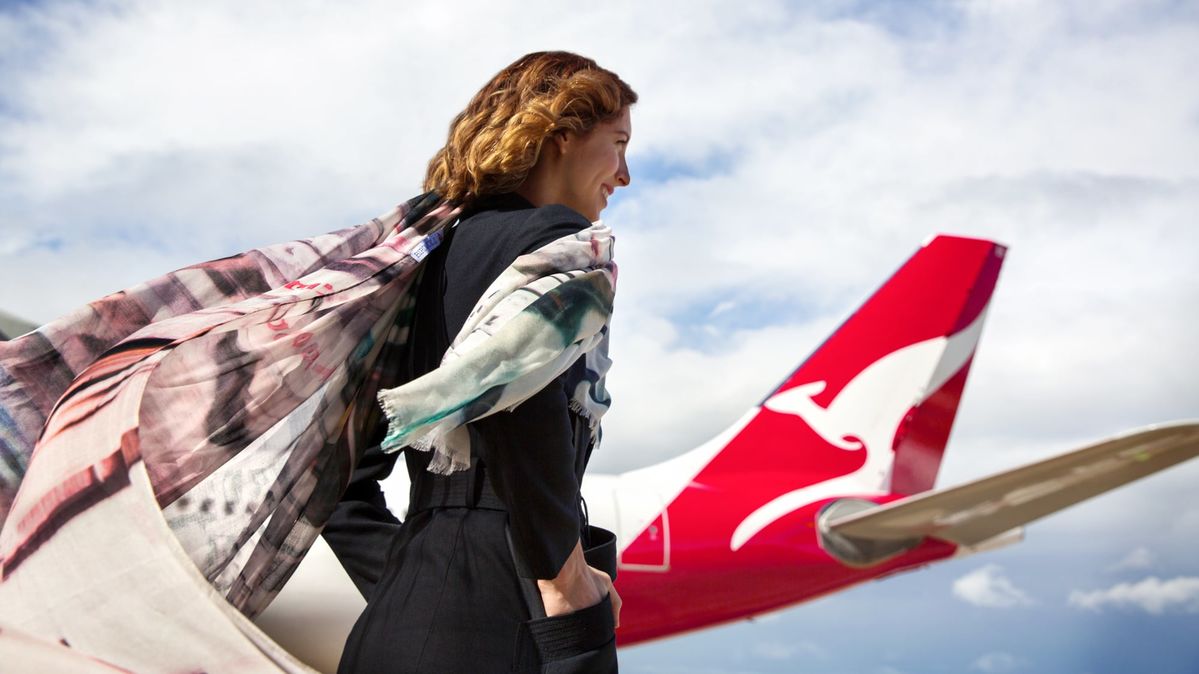When will Qantas airfares return to 2019 levels?
It seems those sky-high ticket prices aren’t going to return to the pre-pandemic ‘norm’ any time soon.

Travellers looking back to 2019 aren’t just reflecting on the relatively hassle-free era before Covid – they’re also well aware of how low airfares were.
2019 might even go down as the time of ‘peak competition’ between airlines, with airport departures boards full of flights and big planes like the Airbus A380 and Boeing 747 jumbo jet putting record numbers of seats in the sky.
2022 presents a very different scenario, even as the world eagerly strides to put the worst of the pandemic behind it.
Airfares are largely at a two-year high, as any traveller can attest – and they’re not about to return to that super-low 2019 benchmark.
“The airfares have to be up,” suggests Qantas CEO Alan Joyce, adding “that’s happening worldwide” as airlines face increased fuel costs – which locally are exacerbated by the weaker Australian dollar – along with a shortfall in the number of flights and the need to move back into the black after air travel was gutted by Covid-19.
Joyce’s remarks came as Qantas revealed its first swing into post-pandemic profit following 2½ years of heavy losses, with an expected underlying pre-tax profit of $1.2-1.3 billion over the six months from July-December 2022.
“That’s a remarkable turnaround after $7 billion accumulated losses since 2020,” Joyce reflected.
“But we’re seeing fuel this quarter is 76% higher than it was pre-Covid, and it’s still very volatile so we have to recover (that).”
Fares will fall – but when, and how far?
Joyce believes Qantas’ average airfares will inevitably fall: “over the last ten years real airfares have come down, that’s what happens in this ultra-competitive aviation market.”
“But in this environment with the lack of capacity, and high fuel prices, what we have to do is pass on the higher fuel price. Our fuel bill’s going to be over a billion dollars this year, so that is being passed on, and every airline is passing that on.”
“If oil comes down, then usually in the aviation industry those benefits are passed on to the consumer.”
And they’ve got some way to go. Although Joyce related that “50% of economy class passengers have paid less than $1200 for (return) travel to Singapore,” frequent flyers will recall return fares from Sydney, Melbourne and Brisbane regularly starting well under $800.
There’s still a marked capacity shortfall, especially on international flights.
While Qantas forecasts its total group capacity shared with Jetstar will reach 94% of pre-Covid levels by the end of this year, “growing to around 100 per cent” by mid-2023, international capacity is currently pegged at just 61% of pre-Covid levels, and will reach only 77% by June 2023.
“This is largely determined by the ability to return additional A380s from storage and required maintenance, as well as the delivery of three new Boeing 787-9 Dreamliners for Qantas,” the airline said.
Qantas also today launched a one-week ‘mega-sale’ of over a million heavily-discounted airfares for flights across Australia across 2023, with one-way Qantas economy fares starting at $99 and $499 for business class.